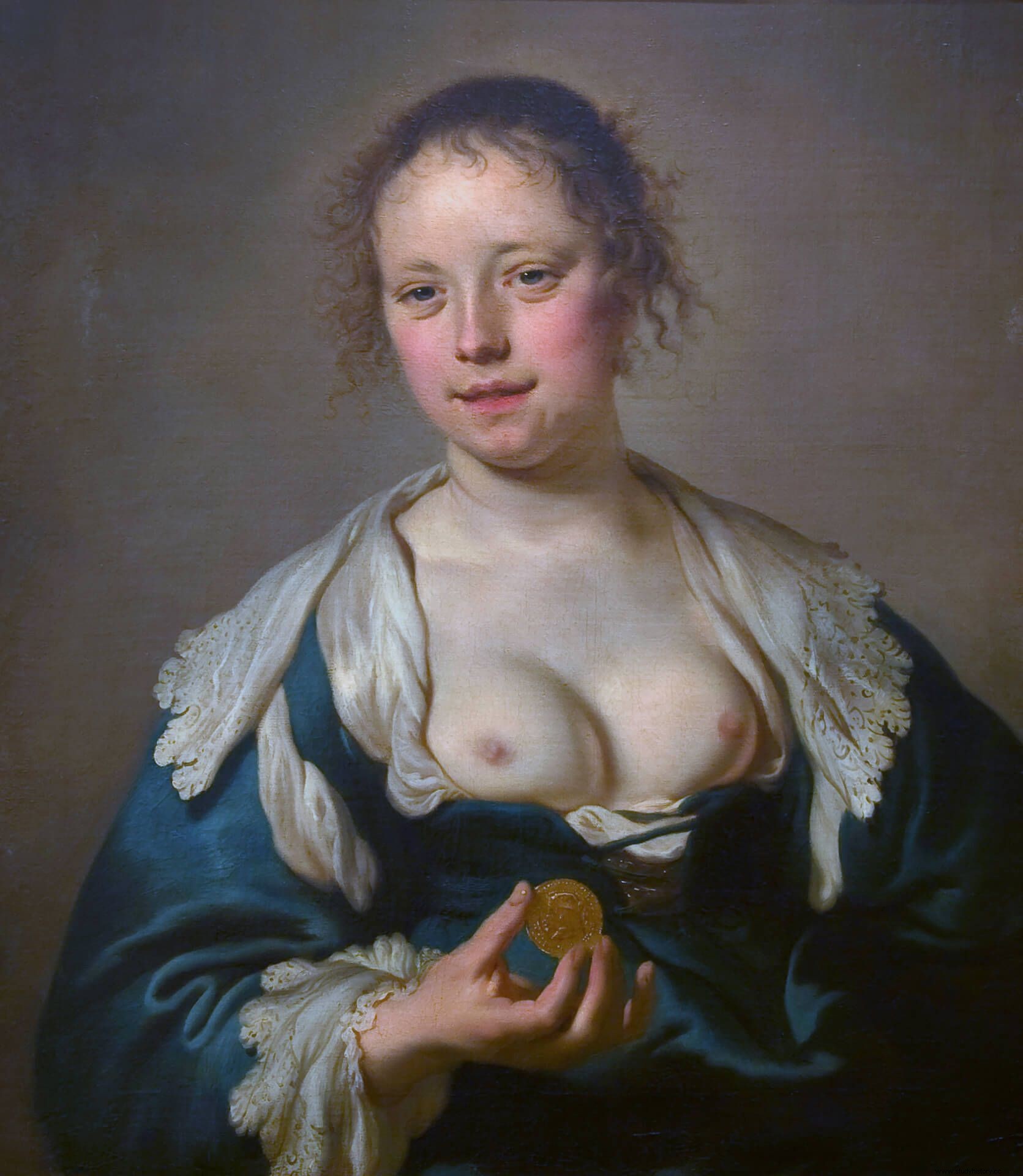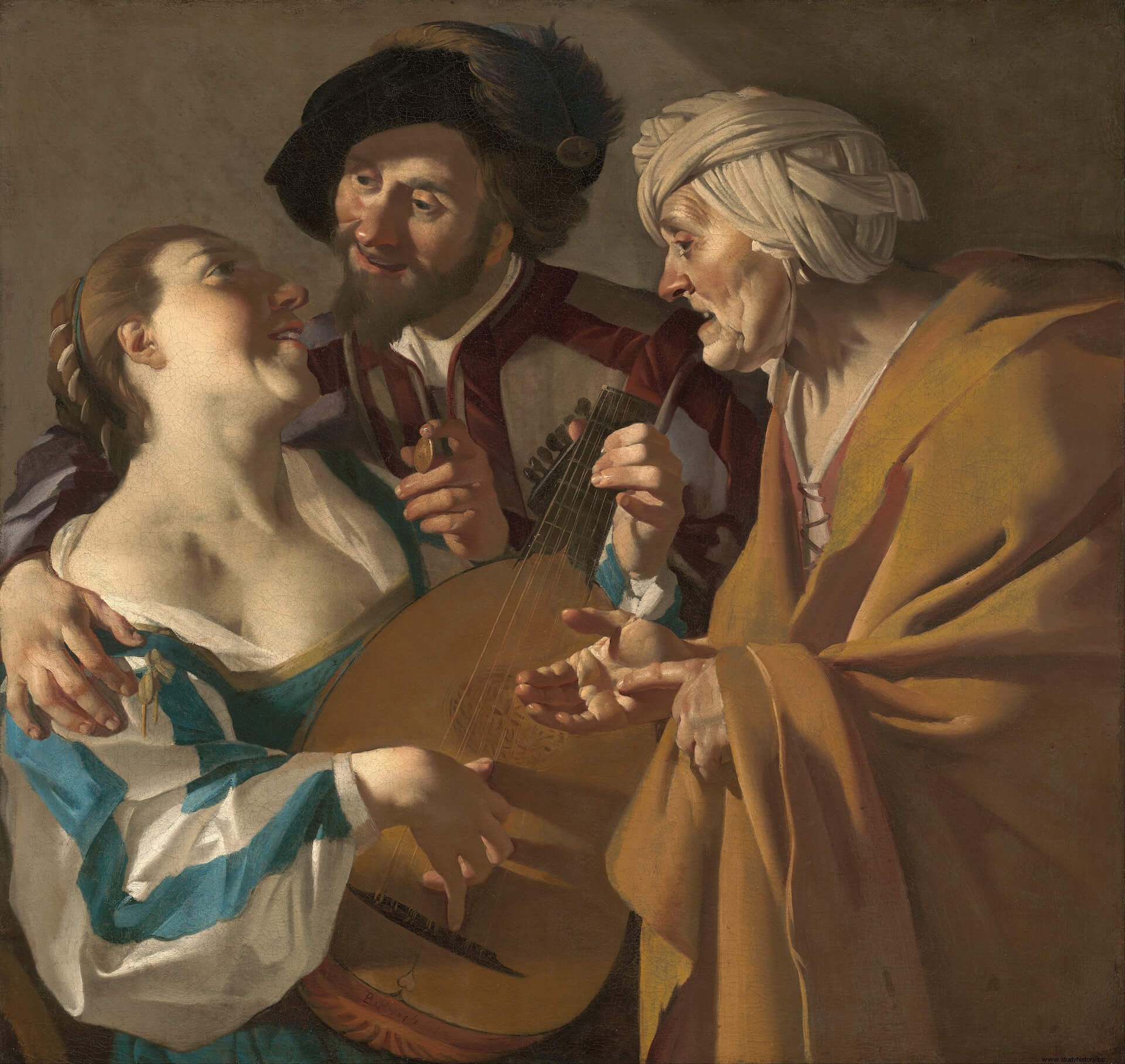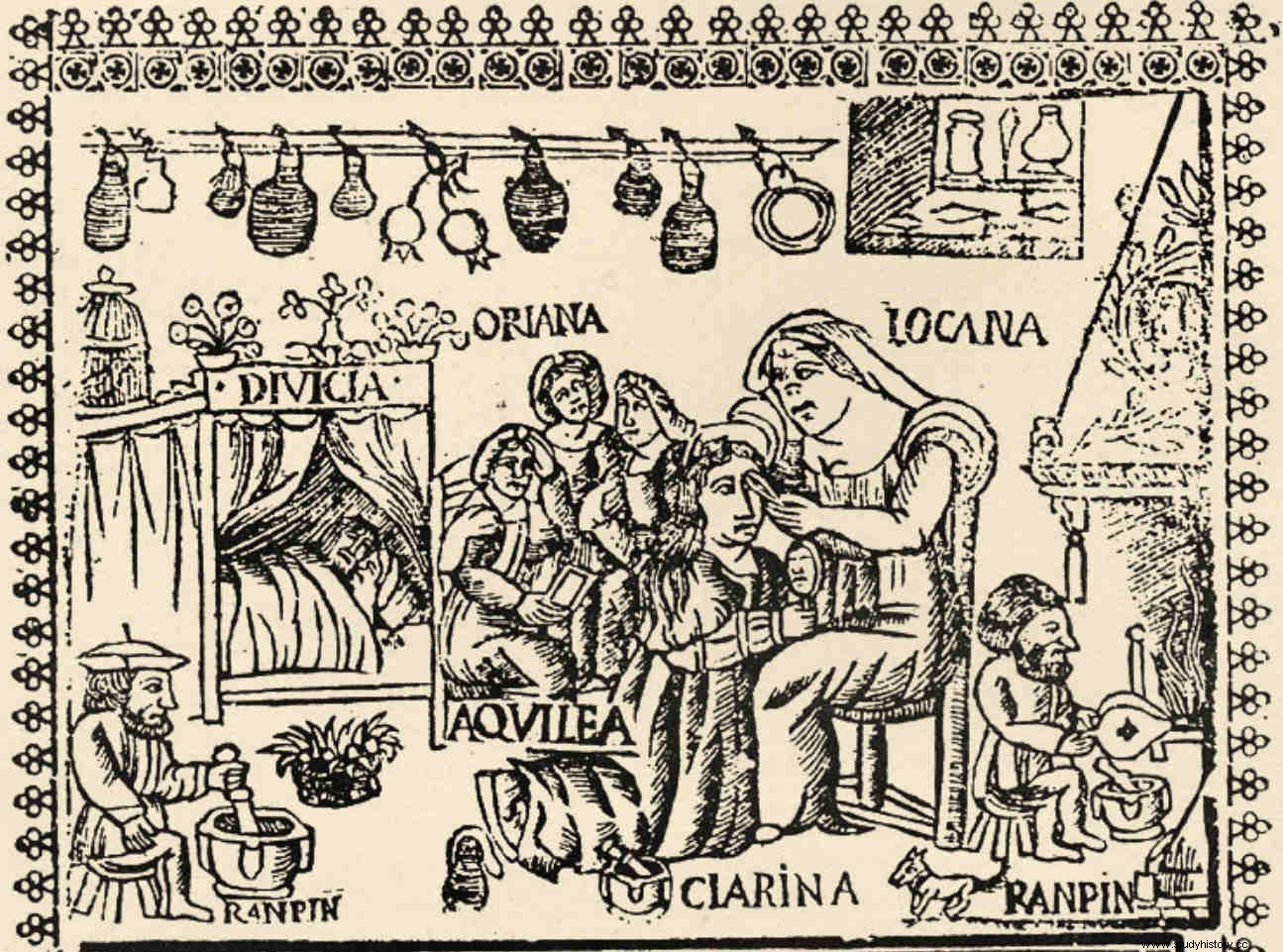Authentic barbarities have been said about prostitution, and there are many topics around it. The most recurrent is the one that says that it is the oldest profession in the world (as if that conferred some kind of prestige and by the way excused those who pay for the service), but it is well known that, when we zoom in a little, the reality is much more murky than what emerges in street jokes or the most mundane conversations. The majority of women who historically engaged in prostitution did so under very difficult conditions, often forced by their possibilities or being exploited for the benefit of others, entailing great risk to their physical and emotional health, and surrounding themselves with a dark, sordid and frequently violent environment. Although this reality is well known, socially a certain hypocrisy has always persisted around this practice; authorizing it on the one hand and condemning it as something socially unacceptable on the other. Let's put our focus, because it is a good example of it, in a "golden" age of this practice in Spain, prostitution in the Golden Age .

Prostitution in the Golden Age
It is common in this era, where literary inspiration shines and the great wealth of language and popular jargon, the use of a wide variety of terms to refer to the main actresses of this sexual plot. Since the Middle Ages, the most popular denominations, due to their persistence up to the present day, are voices such as "harlot", whose origin could perhaps be sought in the huts made with branches and arranged on the roads where they originally performed their services or in the presence of an indicative bouquet of flowers at the entrance of a house; or the "courtesan", initially related to the most refined. But at the time of Cervantes, where when playing cards the "cock" indicated a bet in the "man's game", and "put it in and take it out", "run it" or "put it in doubled" was desirable to get some bitches, one could only expect a sexual vocabulary related to prostitution just as witty in the voices of germania, the language of the rogues and thugs of the urban underworld of Golden Age Spain. the prostitute was called "tax" (because she had to pay a part to the check or ruffian who exploited her), "trace mule", "abadejo", "tomajona", "gusarapa", "iza" if she was pretty or distinguished, “rabiza” if she had notable physical defects; or she could be cited in relation to the cost of her services (“bargain”), her experience (“first”, “mundane”) and quality (“tronga”, “piltraca” or “pobreta” if it is of little, “ brand” if it is of high category), in its specialty or the way of doing its work (for example the “scrub girl” or the “tight one”), or if it was young or already mature (“pot” or “cobertera” ).
In the large urban agglomerations of modern Spain, thousands of women practiced prostitution –usually for a limited time– either in brothels, mancebias or in the streets and squares themselves public (up to 3,000 corners, we are told, ran through Seville in 1600). Meanwhile, Christian morality condemned this practice as insane and of course sinful behavior, and reserved for women, God willing, nothing more than a demure, modest and modest role to play if possible within the walls of the house and, if there were to go out into the street, with even more zeal. Of course, it was not expected that this same demure role would be extended to men, who, due to their sexually impulsive character as well as honest (read because of the prevailing machismo), were excused from receiving sexual favors in exchange for a few coins, especially because this way they avoided falling into adultery, incest, the seduction of honest women or, what was worse, the "heinous sin" (homosexuality). But any contradiction implies great difficulty in regulating its management, and it is clear that society alone hardly controls its most profane passions. To try to tame as much as possible something that there was no choice but to tolerate, a whole series of treaties and legal provisions were proposed, although their application was far from being as effective as intended.

However, before addressing what these (often unsuccessful)attempts at regulation The first question to ask is why. For what reason should prostitution be controlled, if it was already understood that it was common? Neither more nor less because this practice was accompanied by a whole series of social problems. On the one hand, related, as has already been said, to the danger to the families themselves. Some ordinances insisted that the "covered", who went out into the street covering their entire heads with a cloak except for one eye (a practice that was first of modesty and then became typical of "busconas"), entailed a great danger. , since more than one good citizen had been discovered, not without some horror, proposing sexual treatment to his own wife, his daughter or a sister. Another danger was undoubtedly that of disorder and violence usually related to prostitution, which often took place in gambling houses, surrounded by an environment with a lot of wine and little control of virility, while, in other , the control of the checks ended up causing more than one more or less accidental death. Despite this, most of the fights had much more to do with a husband's discovery of an act of adultery than with prostitution. A very effective picaresque game consisted of one's (supposed) wife seducing a poor devil and, when they were in bed, the one who acted as husband arrived unexpectedly and discovered the deception. After a theatrical performance worthy of a Shakespearean prince Hamlet, this only allowed him to compensate for his lost honor in exchange for a handsome sum of money. Of course, another of the great dangers, which was of particular concern to the public authorities, was the proliferation of venereal diseases, and in particular syphilis , the "French disease", which had truly violent outbreaks between the 16th and 17th centuries.
Many of the women who practiced prostitution in the Golden Age did so only to pay rent, and actually had other professions considered honest. There were others who did it more frequently and organized in brothels or private homes, usually depending on a procuress (a former prostitute experienced in "hunting" clients) or a ruffian who exploited and protected them (and of course frequently threatened ). Many others, the so-called cantoneras or hustlers, provided their services at street level to later go to the client's house, who could be of any social status.
Repentant houses, women's galleys
The first form of regulation of prostitution in the Golden Age applied what is probably the most recurrent formula in history to deal with a social problem:segregation. In 1498, it was regulated by royal decree that all prostitution was prohibited outside of a "public" brothel, controlled by local authorities and conceived for this purpose:la mancebía . These premises proliferated in the main cities of the kingdom, and were run by a man (curiously called "father") whose powers included avoiding any disorder or altercation. In the same way, a periodic medical control was intended to control the proliferation of sexually transmitted diseases. The existence of mancebias did not end with free prostitution, which continued to be carried out throughout the Golden Age in improvised or unregulated brothels and, of course, in the streets. Another formula, an ecclesiastical initiative, offered an honest way out to former prostitutes who for some reason wanted to give up their sinful lives and found refuge in the "houses of repentant ”, led by nuns, where they would devote themselves to asceticism ever since to save their souls. There were houses of this type in the main Spanish cities, and the women confined there were not allowed to leave except to marry or to go to a convent.

If these Christian charity initiatives could even be considered pious, there were other similar ones that were not at all. Undoubtedly the most radical of the proposals to control prostitution and other forms of female crime was the so-called "women's galley ”, a kind of prison-like extension of the “repentant houses” in this case intended for nothing more than “punishing and mending women:prostitutes, pimps, prostitutes” with the intention of reforming them through faith and the values of virtue. The galleys were one of the most common and harsh punishments for some crimes committed by men, so its name is not trivial. It was Sister Magdalena de San Jerónimo who personally wrote the Razón y Forma sobre la Galera y La Casa Real (1608), which was well received by King Felipe III, and its precepts were put into practice first in Madrid and then in other important cities of the kingdom such as Valladolid, Zaragoza, Valencia or Salamanca. If the intention was to reintegrate these women into society once their moral values were restored, the method to achieve it was most drastic. Domestic work was the soft part of apprenticeship, but since there was no rowing as in the galleys, the women were disciplined very harshly and suffered all kinds of torments. As soon as they arrived, they were undressed and their heads were shaved. Their food was the same as that of the galley slaves, plain bread and "some day of the week, a slice of cow, and that, little and badly cooked", and chains, shackles and whipping awaited them both as a means of instilling fear and for corrective purposes:
If someone was locked in the galley for the second time, the weapons of the city were branded on their back, and if they repeated they were hanged at the same door of the building , so that it would be clear, in view of all, that nothing could be done now to save that poor sadly lost soul. The women's galley, which was in force until the second half of the 19th century, ended up rebelling as another great failure of the legislation to control prostitution in the Golden Age, and became a simple female prison. Neither private donations to the Church nor public initiatives in the galley houses were a match for the jingling coins of men.
